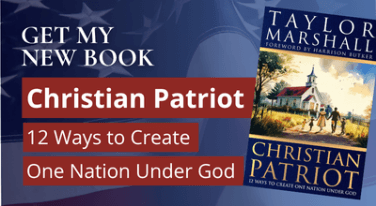The Pope’s Graphic Condemnation of Abortionists…Way Back in 1588!
As Pope, Sixtus planned to turn the Colosseum into a silk weaving factory – a plan that never came to pass. Sixtus also had an ingenius way to avoid war with the Turks and end the Crusades once and for all. He would simply transfer the entire Holy Sepulchre of Christ from Jerusalem to Rome! No more pilgrimages necessary!
“Noticing that frequently by various Apostolic Constitutions the audacity and daring of most profligate men, who know no restraint, of sinning with license against the commandment “do not kill” was repressed; We who are placed by the Lord in the supreme throne of justice, being counseled by a most just reason, are in part renewing old laws and in part extending them in order to restrain with just punishment the monstrous and atrocious brutality of those who have no fear to kill most cruelly fetuses still hiding in the maternal viscera. Who will not detest such an abhorrent and evil act, by which are lost not only the bodies but also the souls?”
What to Watch Next
SHOP THE TAYLOR MARSHALL STORE
Dive Deeper

GET CONFIDENT IN YOUR FAITH
Explore the fascinating world of Catholic teachings with Dr. Marshall. Together you’ll unpack the brilliant answers the Church gives to tough questions about the Faith. The best part: you go at your own pace. Start this exciting journey today.


 >
>



